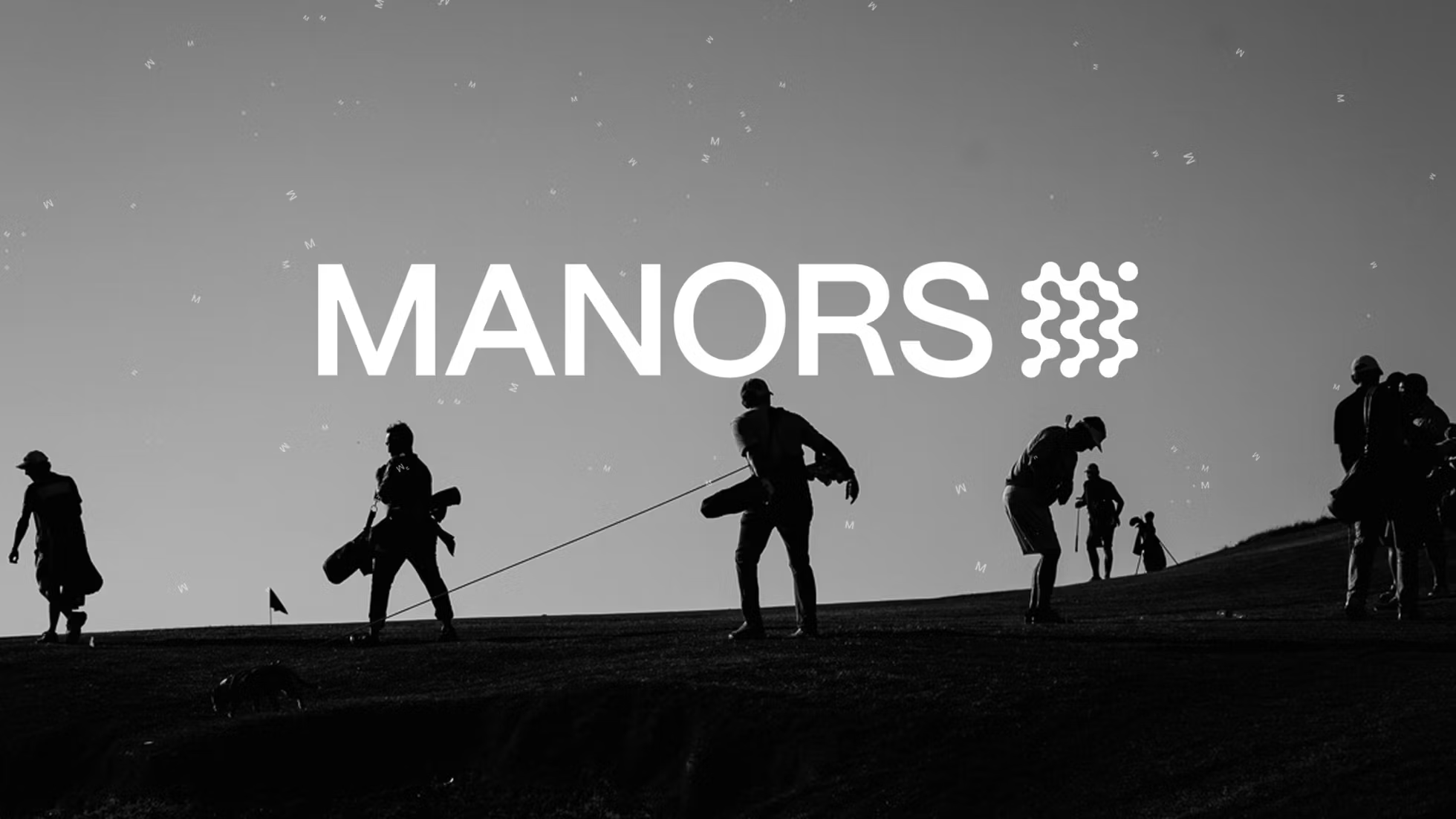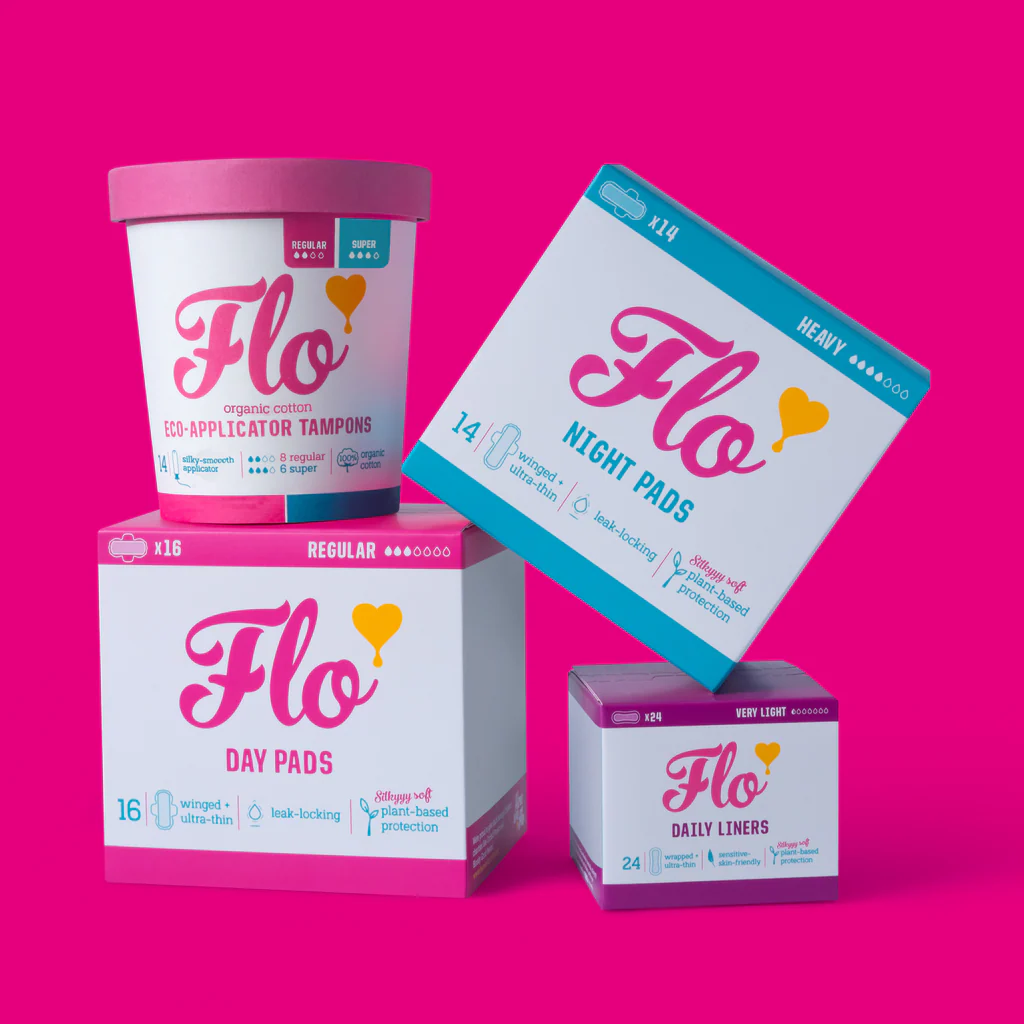TRENDS & INSIGHTS
In a landscape this loud, marketing that has an impact can feel like a pipe dream. With the same players dominating every ranking and the same strategies recycled year after year… There are no mistakes.
You can fix anything that happens. Exercising the imagination, experimenting with talents, being creative; these things, to me, are truly the windows to your soul. It's a super day, so why not make a beautiful sky? If you do too much it's going to lose its effectiveness. Nothing wrong with washing your brush.
When building the Rival 50, it became clear that while we could never capture every challenger brand in the world, there were commonalities between the brands. Whether in fashion, fitness, food, or tech, challengers everywhere were navigating the same cultural shifts and finding growth through the same instincts. In an era shaped by AI, fragmented attention, and economic pressure, the most successful challengers weren’t moving faster. They were moving with more intention…
These trends are not predictions. They are behavioural patterns already visible in the market, repeated across industries, regions, and business models. They are backed by data and surfaced through both performance signals and cultural insight. Together, they reveal a new competitive logic: modern growth is earned through belief, behaviour, and participation. The brands leading today, and the ones shaping tomorrow, are those treating community as infrastructure, transparency as value, and creativity as leverage.
Here's a quick overview of the 5 trends we saw permeating The Rival 50.
Belonging as a Brand Ecosystem
The best challenger brands build ecosystems that people live inside. In a climate of distrust and sameness, belonging has become the new brand infrastructure.
Ideological Polarity as Differentiation
In a world of sameness, conviction around a brand’s value systems and beliefs drives success. In a hyperconnected world, neutrality no longer works.
Make Me Safe
The most successful challenger brands lower the temperature in a world defined by noise and fatigue. These brands offer a sense of reassurance in categories that thrive on pressure and complexity.
Challenger Thinking Beyond Commercial Brands
Challenger thinking no longer belongs only to companies. It now defines creators, athletes, and fictional characters who build worlds people choose to live in--cultural operating systems.
Media-Minded Amplification
The strongest brands think like media companies and understand that attention is the real economy and design content ecosystems that never switch off.
Brands to watch in 2026
While The Rival 50 celebrates the brands already defining today’s landscape, a new wave is beginning to surface.
We’ve identified four brands we believe will be making a feature in The Rival 50 for 2026.
.png)
FRAMER
Framer has quietly become the creative industry’s new power tool. Originally known as a no-code website builder, it’s now redefining how design and storytelling coexist.
Its latest campaigns double down on irreverence, using humor and discomfort to stand out in a category crowded with sameness. In “Free Trial,” a man in a suspicious white van offers passersby “free websites,” a tongue-in-cheek metaphor for misleading marketing tactics. Its “Credibility” ad takes a similar approach, parodying corporate clichés to highlight Framer’s authenticity. Together, these campaigns reinforce Framer’s challenger spirit—clever, self-aware, and unafraid to call out the industry it’s part of.

AIRALO
AirAlo has turned connectivity into culture. What began as a travel tech solution is now the world’s first eSIM marketplace, connecting more than 20 million users across 200 countries. Its $220 million raise and unicorn valuation solidify its position as the global default for digital freedom.

MANORS GOLF
Manors Golf is reimagining what golf looks and feels like. Founded in the UK, the brand has built a loyal following by rejecting the sport’s exclusivity and inviting people to see golf as a game to be explored rather than perfected. Its Scandinavian-inspired design brings quiet confidence to the fairway, while its marketing focuses on creators who make golf feel watchable and shareable. With its expansion into the U.S. and the launch of the Foulweather collection, Manors is proving that authenticity and creativity can drive cultural relevance in a sport built on tradition.
By turning golf into a creative lifestyle, one that celebrates individuality rather than conformity, Manors is opening the clubhouse doors to a new generation. If golf is having a cultural renaissance, Manors is dressing it for the occasion.

HEREWEFLO
Here We Flo has made one of the most taboo product categories impossible to ignore. The UK-born personal care brand built its identity on bold humor, inclusive language, and fearless transparency. Completely disrupting the period and bladder-care aisle with unapologetic storytelling. Its recent partnership with Chelsea FC Women cements its evolution from challenger to cultural force.
What makes Here We Flo stand out isn’t just product innovation, but ideology. It treats feminine wellness as a shared movement, and not a private issue.
